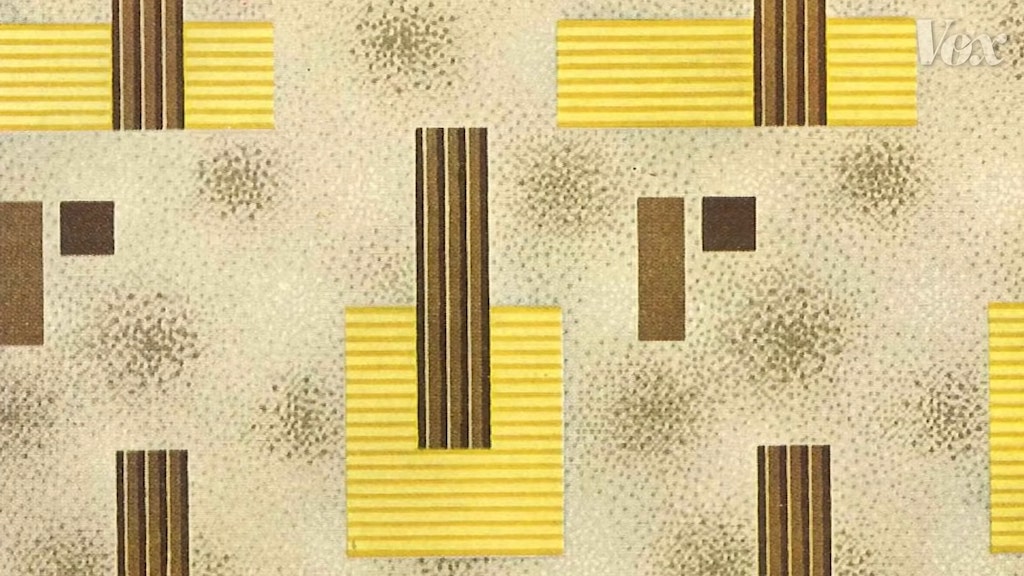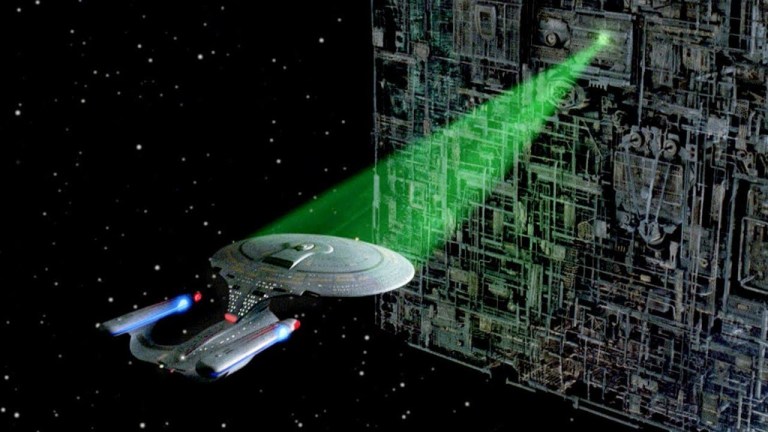The Fascinating History and Comeback of Linoleum
In a diuturnal report for Vox, producer Marie Cascione takes a look at the history of linoleum, the once ubiquitous, durable, and colorful floor covering that was invented by Frederick Walton in 1863. Once it was perfected, Walton marketed his newly named flooring and people found it widely appealing due to its price, color, patterns, and durability. It became a flooring staple of homes, hospitals, offices, and businesses of the mid-20th century before falling completely out of favor. Cascione explains that it was linoleum’s durability that worked against it as it didn’t change easily with the times.
It was everywhere. Homes, schools, shops. The perfect fit for anywhere high traffic because it was so resilient and easy to clean. But all that ubiquity kind of backfired. Linoleum started to be seen as tacky, cheap. That durability backfired, too. Patterns that fell out of style stuck around and started to look dated.

At this time, however, linoleum is surprisingly making a fashionable comeback in the 21st Century.
Because seemingly against all odds, linoleum is making a comeback. It’s featured…in a variety of trendy cafes, hotels, shops, and homes from Copenhagen to New York….People are loving linoleum for all of the same reasons they used to.…Linoleum is also really eco-friendly. It’s still made with roughly the same materials as Walton’s first version: Almost entirely renewable resources. You can technically eat it. Though you really shouldn’t.
Here are some examples of modern linoleum uses.






